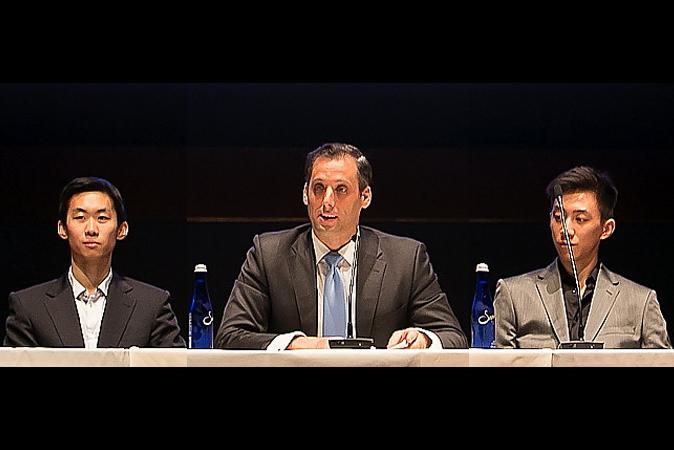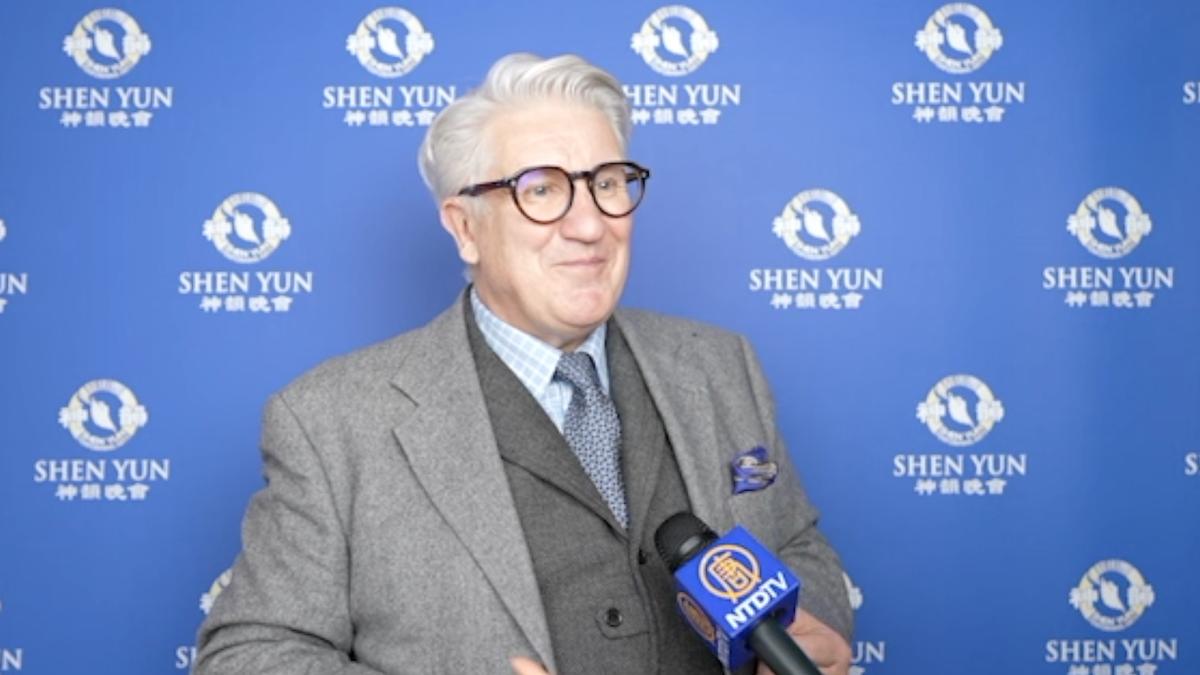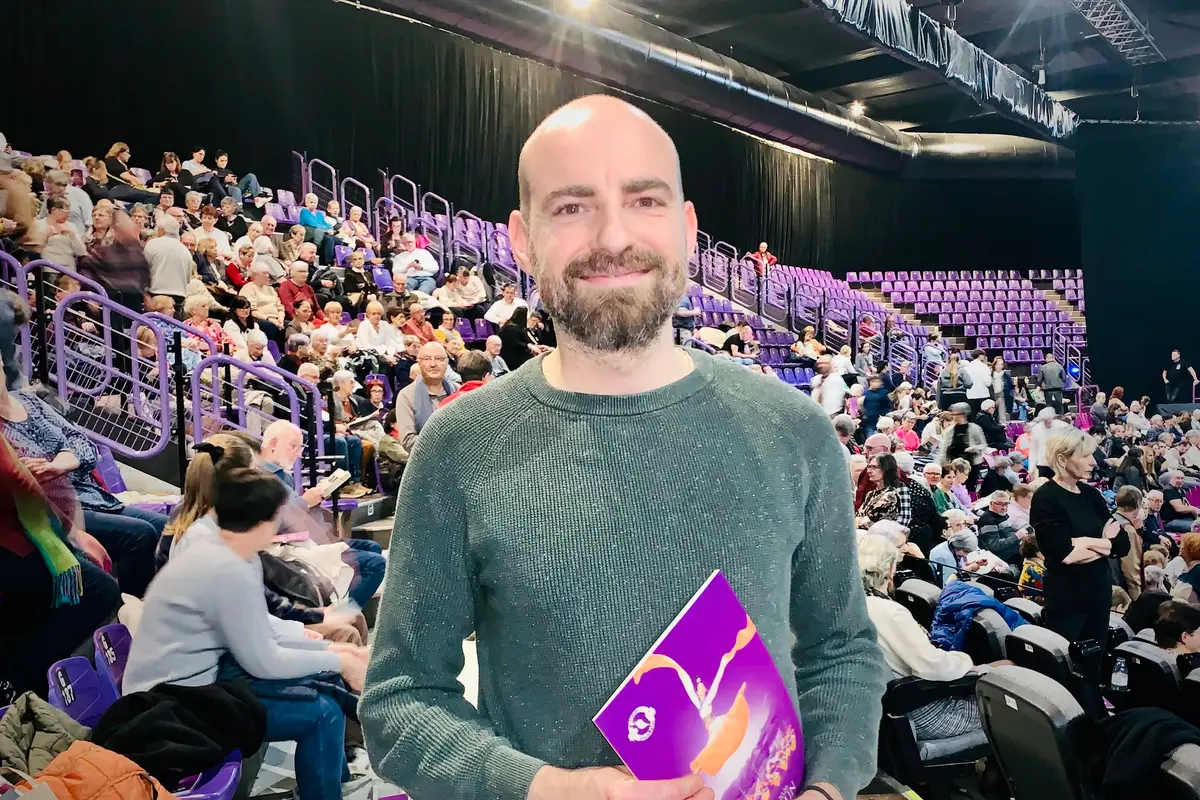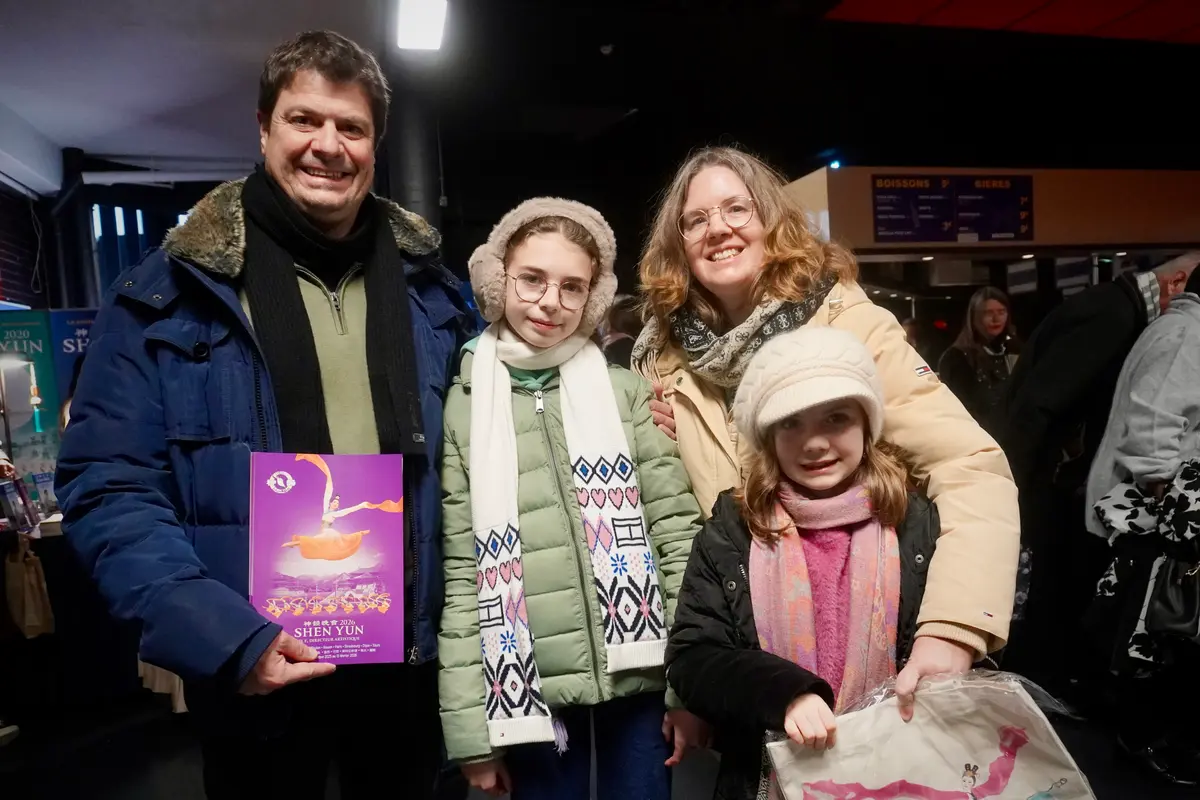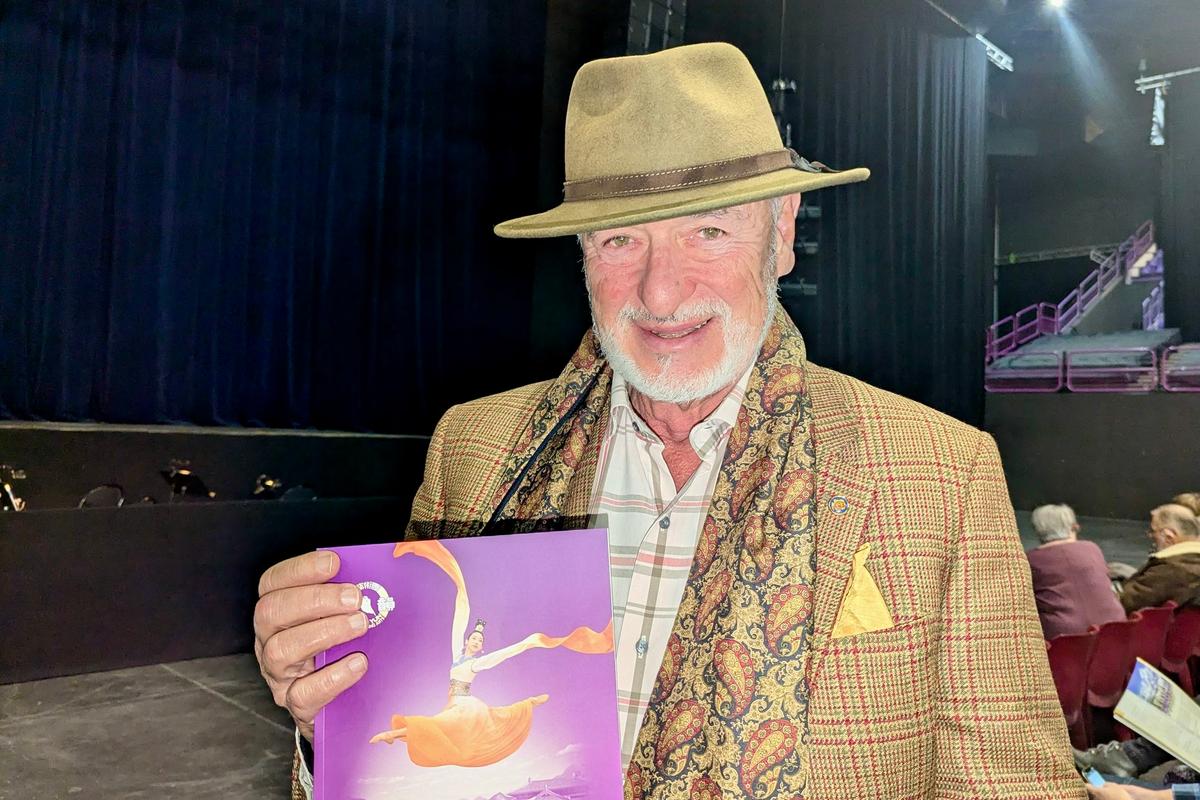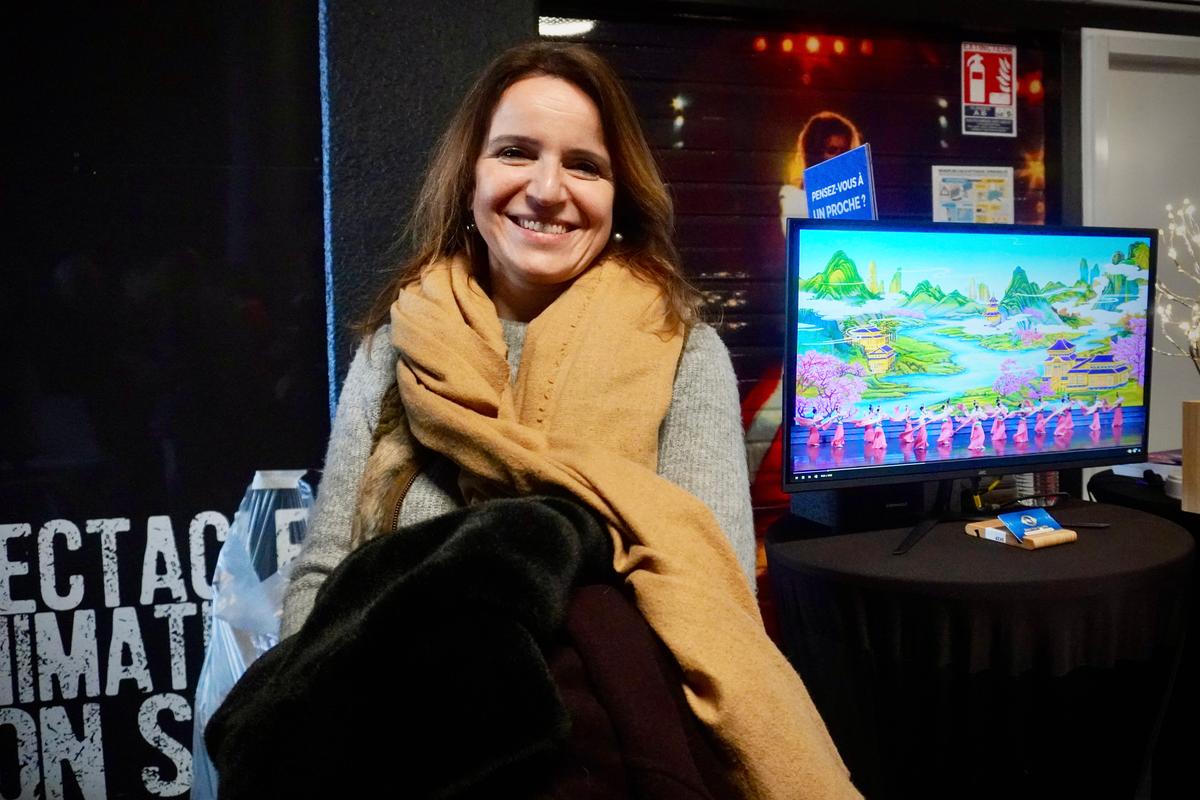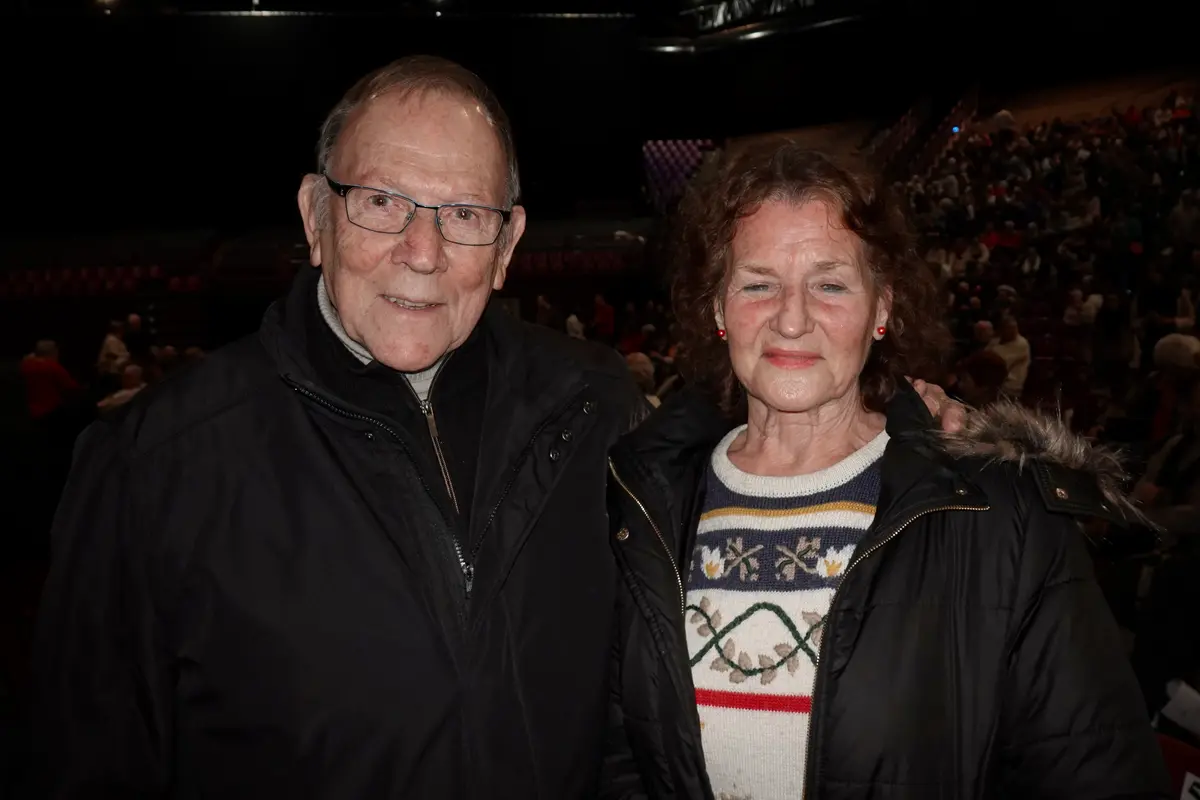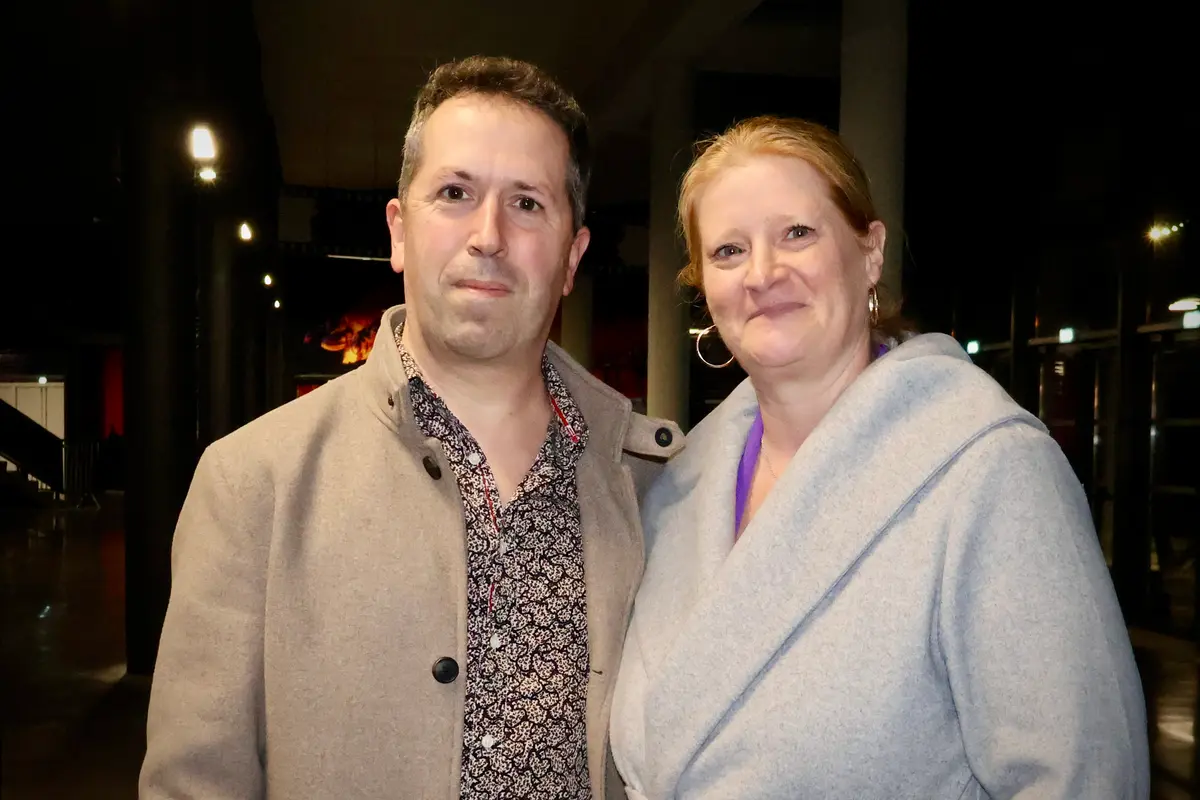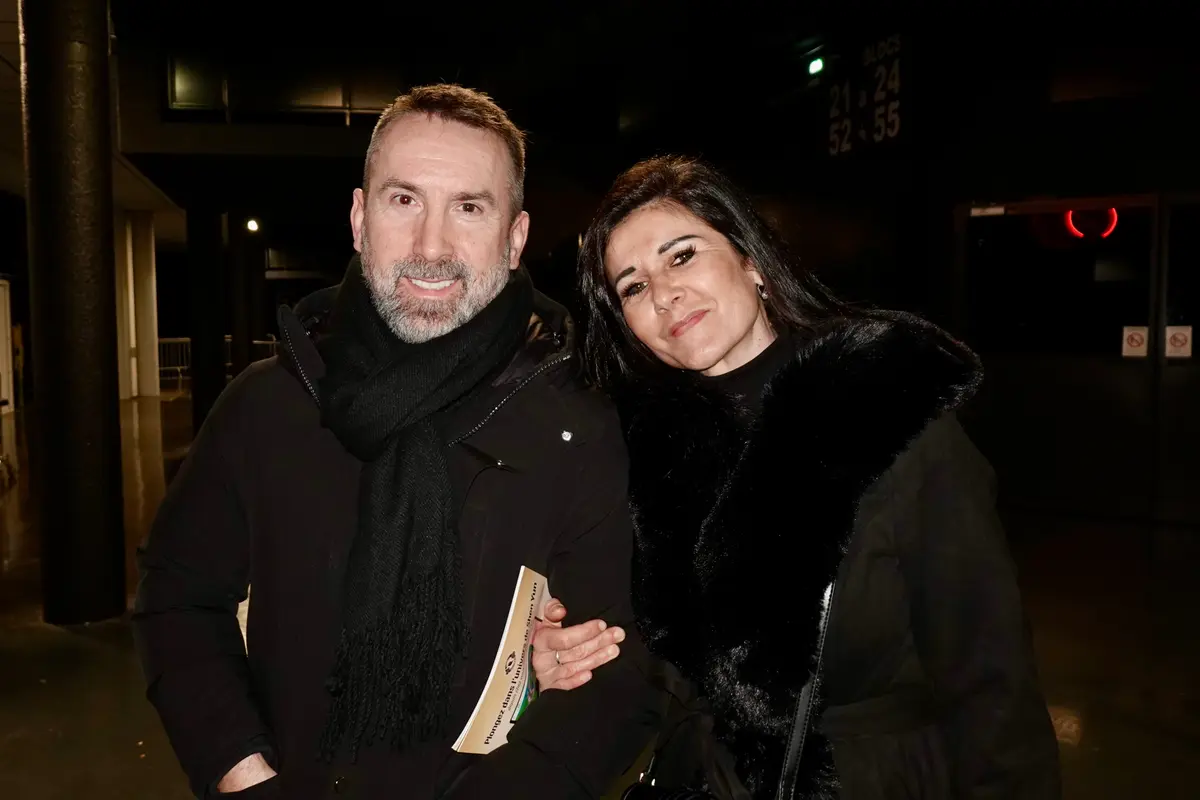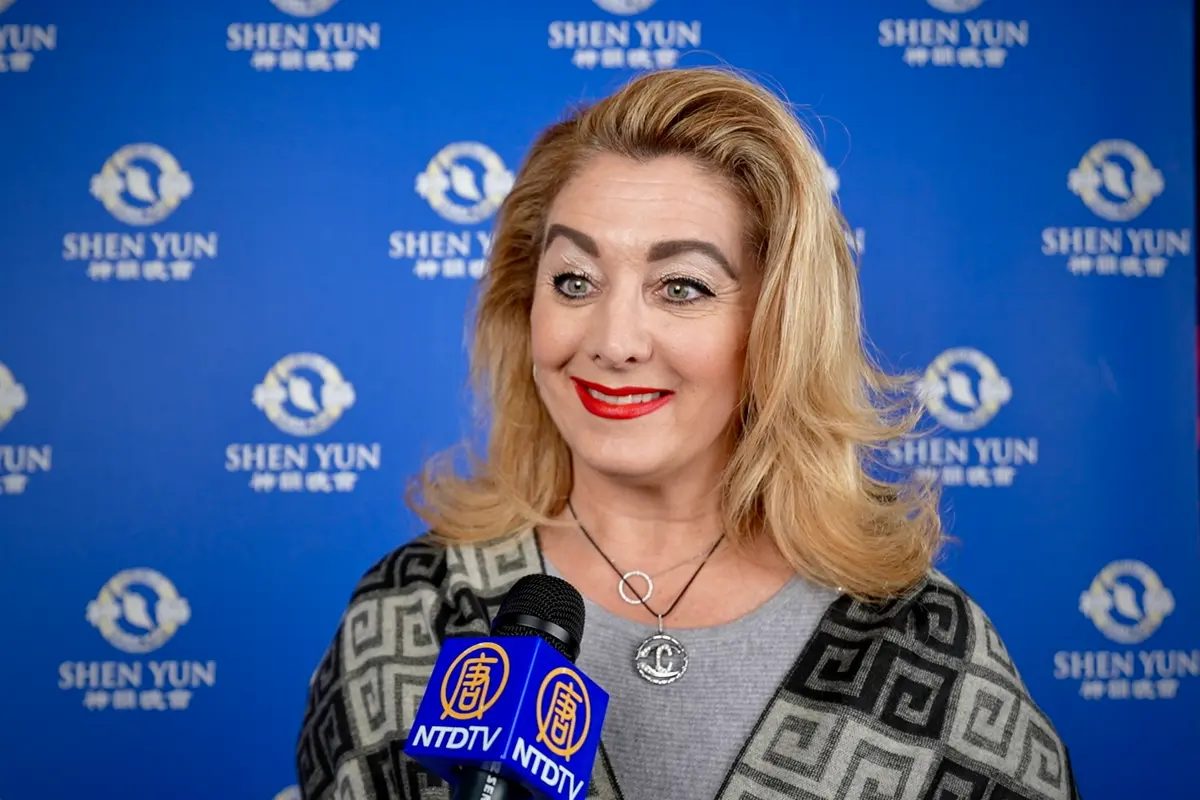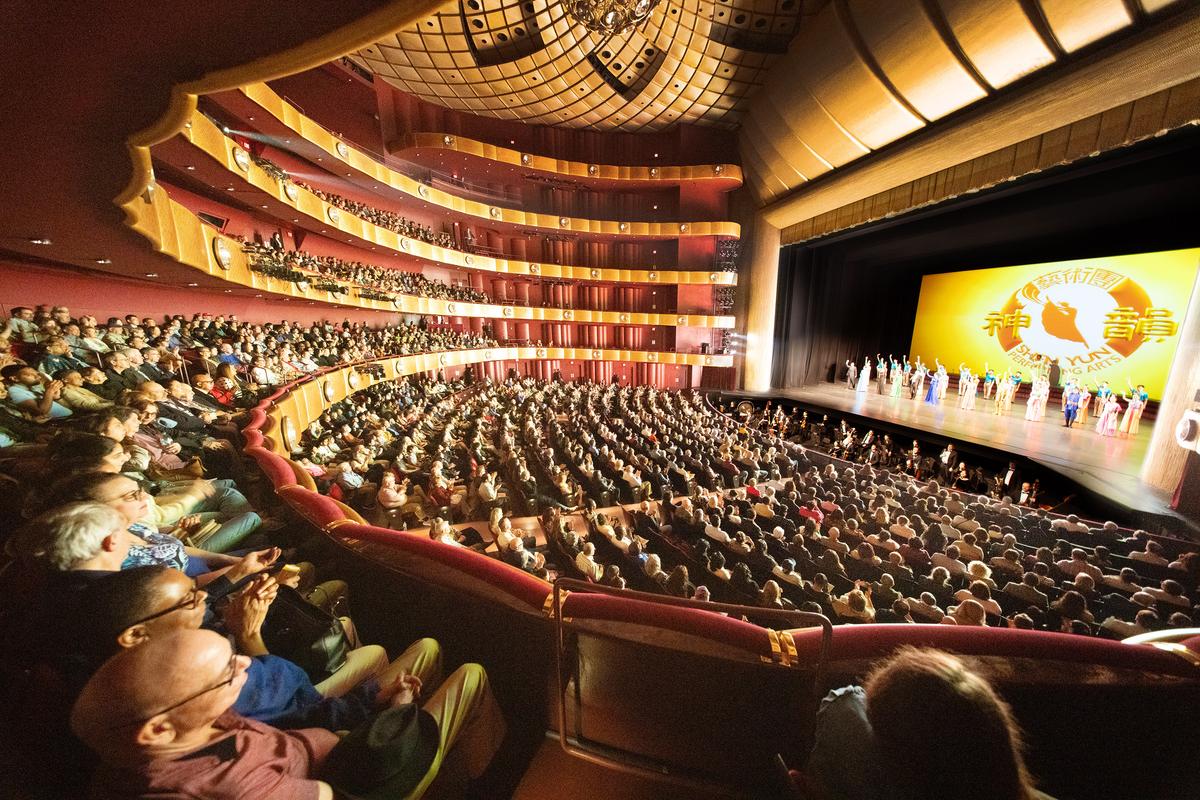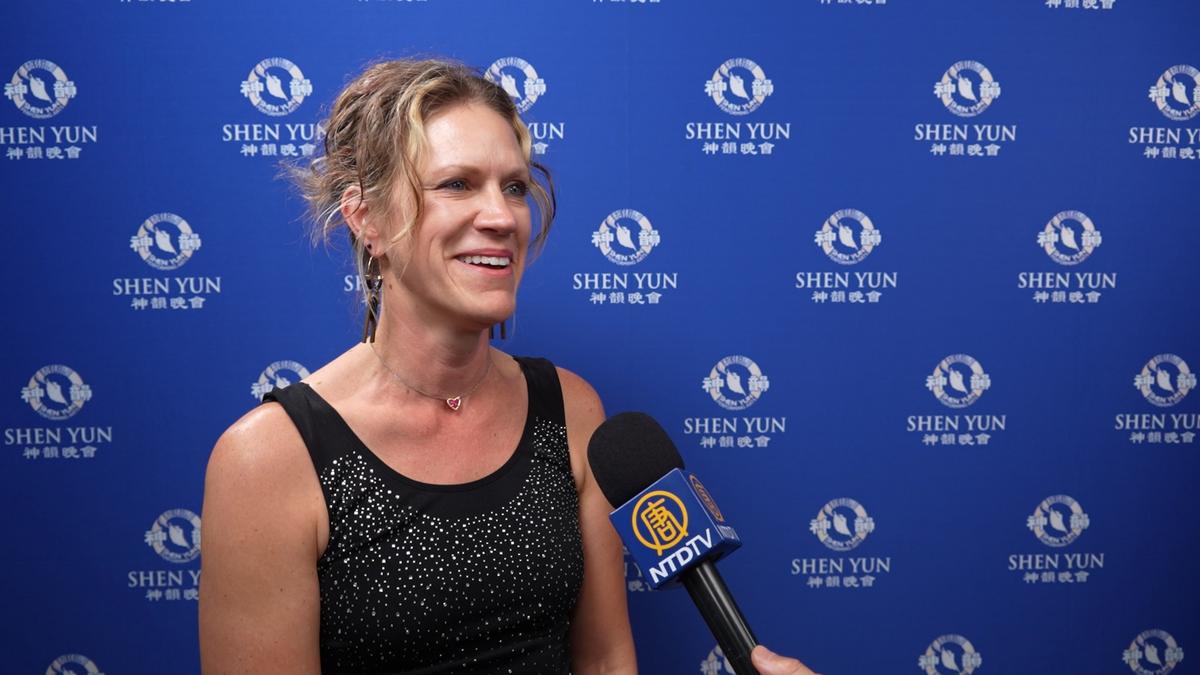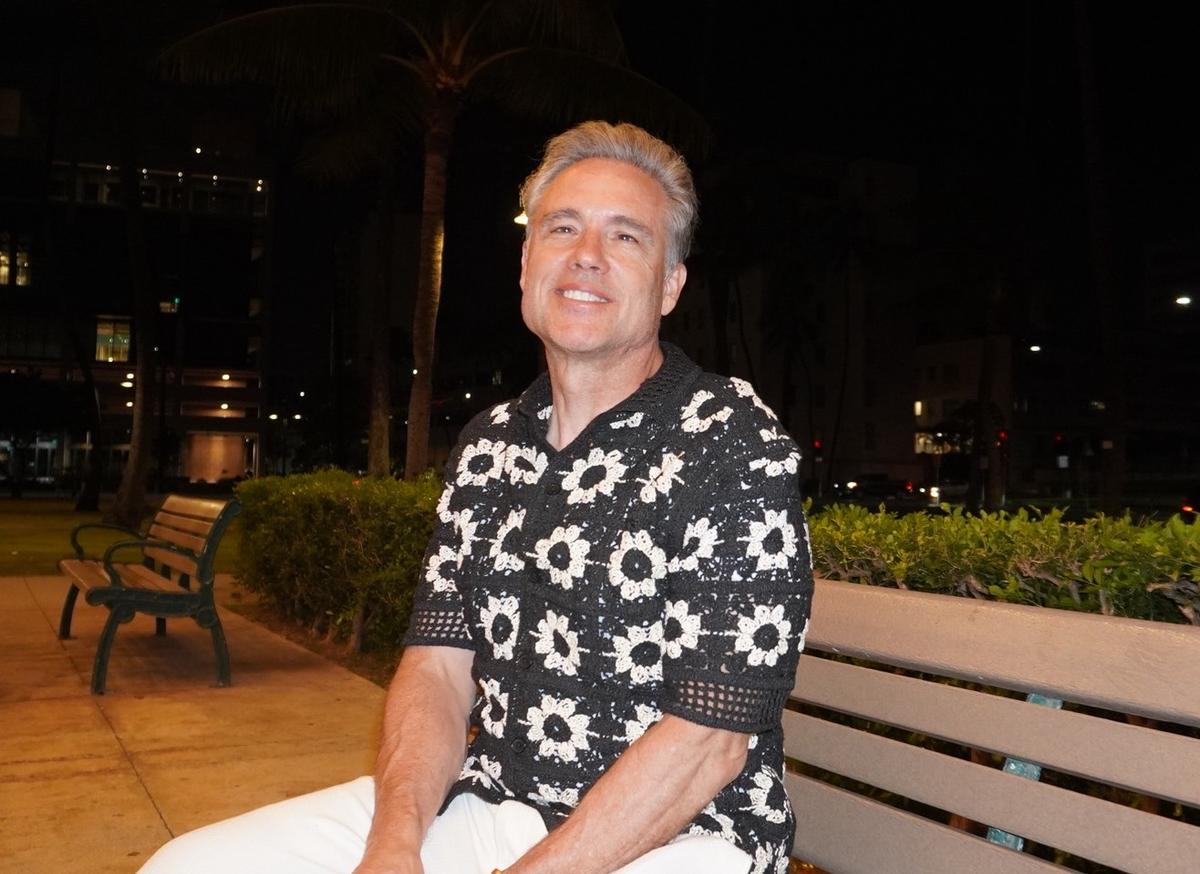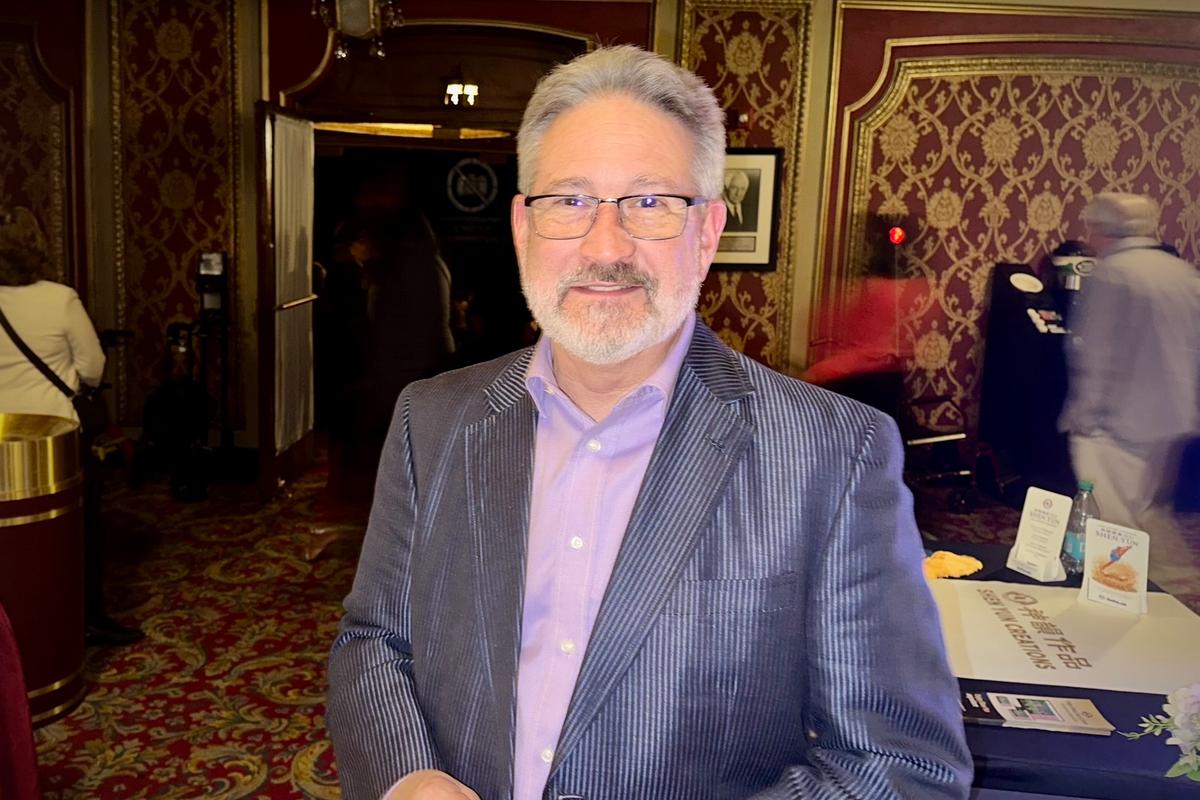WASHINGTON—On the 50th Anniversary of China’s Cultural Revolution, the local sponsor of Shen Yun, the Falun Dafa Association of Washington D.C., invited two of Shen Yun’s principal dancers, Tony Xue and Rocky Liao, and emcee Leeshai Lemish, to discuss their personal experiences with Shen Yun.
The mission of Shen Yun—to revive and spread Chinese traditional culture—was internalized by each in his own individual way. Their thoughts revealed the spiritual guidance underlying all the work they do. The title of the event held May 26 at the Congressional Auditorium in the U.S. Capitol Building was “Uphill Battle to Revive Chinese Culture by an American Arts Company.”
Dong Xiang, executive director of the Falun Dafa Association of D.C., briefly introduced Shen Yun to set the stage for the commentaries by the performers.
Xiang said that China was once known as the “Land of the Divine.” Chinese culture was regarded as the gift passed down from the divine. So it is called the “Divine Culture,” said Xiang, who often explains to people in the area about traditional Chinese culture.
Unfortunately, over its past 60 years, the Communist regime has been systematically destroying traditional Chinese culture with series of political campaigns, such as the Cultural Revolution (1966-1976), and trying to replace it with Communist Party culture. “It has brought China’s traditional culture on the brink of extinction,” he said.
“In 2006, a group of leading classical Chinese artists came together in New York with the shared mission: to revive the 5,000 years, divinely inspired culture of China and they formed Shen Yun,” Xiang said.
Non-profit and independent of the Chinese regime, “Shen Yun enjoys artistic freedom, to revive and founding anew traditional Chinese culture and showcase it around the world.”
Xiang said, “The source of the inspiration, which is deeply rooted in the Chinese traditional culture, is a spiritual discipline known as Falun Dafa—a meditative practice based on the guidance of truthfulness, compassion and tolerance. It was so popular that in 1999, the Communist dictator launched a brutal campaign to root out the Dafa practitioners. But the Falun Dafa practitioners have held firm to their faith.”
Shen Yun Growing
Leeshai Lemish, an emcee for Shen Yun, said that Shen Yun is not some “fringe ethnic performance,” but “a world class performing arts company” that is playing annually in over 100 cities, reaching millions of people.
Lemish said that Shen Yun is not just about entertainment, “but it’s really about presenting the genuine traditions of 5,000 years of Chinese civilization, which is on the brink of extinction.”
He said that the real Chinese civilization depicted in Shen Yun cannot be seen anywhere else, including China.
An indication that Shen Yun is on the right track is that while other performing arts companies are often going bankrupt, Shen Yun is growing. Starting in 2006, with one company, today it has grown to four companies, equal in size of 80 performers each.
Lemish said there are two main reasons for the Chinese Communist Party (CCP) opposition, one of which is that the performers are frequently practitioners of Falun Dafa.
The second reason is that the persecution of Falun Dafa practitioners is depicted by Shen Yun in stories on stage. He said they “have become the most popular pieces that we perform.”
‘They don’t want to leave’
This event enabled us to get the perspective of two of Shen Yun performing arts principal dancers, who each spoke extemporaneously about how they'd entered the industry.
Tony Xue, age 23 or 24, had to make a “tough decision,” ten years ago, he said. Though he was born in Beijing, most of his childhood was spent in Maryland and growing up as a Westerner.
“I was really disconnected from my culture,” he said. About the only connection he had with his Chinese heritage was going to Chinese Sunday school for two hours, he said.
Back in 2006, when Shen Yun was recruiting for dancers, he felt, “This is my chance to be Chinese again.”
He has no regrets now and points out that not only did he get into contact with his own cultural background, but “I got the chance to spread it too.”

The training requires a tremendous commitment to excellence, he explained. “You have to spend many hours a day building up your strength and flexibility, pushing yourself to the limit, just so those few moments … on stage every day when you can give your all to the audience.”
The rewards are great. When he toured in South America, he recalled the audience reaction in Argentina, where Shen Yun performed five shows.
“Every single show, we had a double curtain call. The audience could not stop clapping.”
Xue could see the facial expressions of the people clapping appreciatively.
“They don’t want to leave. They are so touched, so inspired after watching our show. I’m thinking to myself that these people have probably never encountered Chinese culture before, yet they are giving up so much applause … I feel so motivated. It really motivates you to keep going in spite of the hardships we go through.”
Dancing Runs in the Blood
Rocky Liao, in his mid 20s, also chose to be a dancer with Shen Yun ten years ago. Born in Hong Kong, he spent his childhood in England and Maryland. Dancing ran in the blood for Liao. His grandparents were professional dancers for half a century, and he lived with them for a few years. They must have inculcated the dancing spirit. He said that as an infant, they would bring him to the dancing auditorium.

Liao said that he began in the Shen Yun orchestra. But as he practiced, he would gaze out the window and yearn to join the dancers doing their spinning and tumbling. One day the orchestra conductor suggested that he join them. He tried out and successfully made the transition.
Liao was struck by the fact that Chinese culture and history is 5,000 years with no breaks. “Five thousand years is a very long time.”
The Shen Yun mission is to revive the traditional Chinese culture and spread it, he said. It is “regretful” that anyone would want to make it disappear. “[No matter] how many thousands of hours of rehearsal we have to put in, I really think it’s worth it.”
Communist China’s Interference
“The Chinese government should be happy that we are promoting Chinese culture in front of the non-Chinese around the world, but that is not the case,” Lemish said.
He mentioned the numerous ways in which China and Chinese embassies around the world interfere with performances, including pressuring theaters to cancel performances, cyber attacks, and tampering with Shen Yun vehicles, including tire slashing.
Recently, the scheduled performance in Seoul, South Korea was canceled two days before the performance, despite a signed contract. A letter from the Chinese Embassy was made public and revealed threats that if the theater held the show, it would harm China-South Korean relations.

Many people from mainland China had purchased tickets and booked travel to Korea especially to see Shen Yun, which is not allowed in China. They suffered big disappointment and financial loss for the travel and other expenses, Lemish said. While that is not a direct financial loss for the company, Lemish emphasized that whenever these contracts are broken, there is a “tremendous financial loss” for Shen Yun in terms of ticket sales, travel, and accommodations for such a large performance group.
Lemish said that Eastern European countries and South Korea have proven to be most susceptible to pressure. In the West, theaters and government officials find these attempts by Chinese embassies “offensive or even laughable.”
However, he would like for the United States government to be less passive in facing these attacks by the Chinese Communist Party and even preempt them. After all, Shen Yun Performing Arts is a U.S. company, and “represents the freedom and diversity that makes our nation so wonderful.”
Lemish said that in these incidents of contract reneging in Seoul and Eastern Europe, the U.S. Embassy said they were watching, but were not going to get involved. But, he added, all that might be needed is for U.S. representatives to pick up the phone and say: “This is a company from our country and you need to respect their contract to perform here.”
“If we don’t want the Chinese Communist Party to dictate, not only in China, but around the world, what people can and cannot watch,” he said, “we really need the U.S. to stand up and support Shen Yun.”

